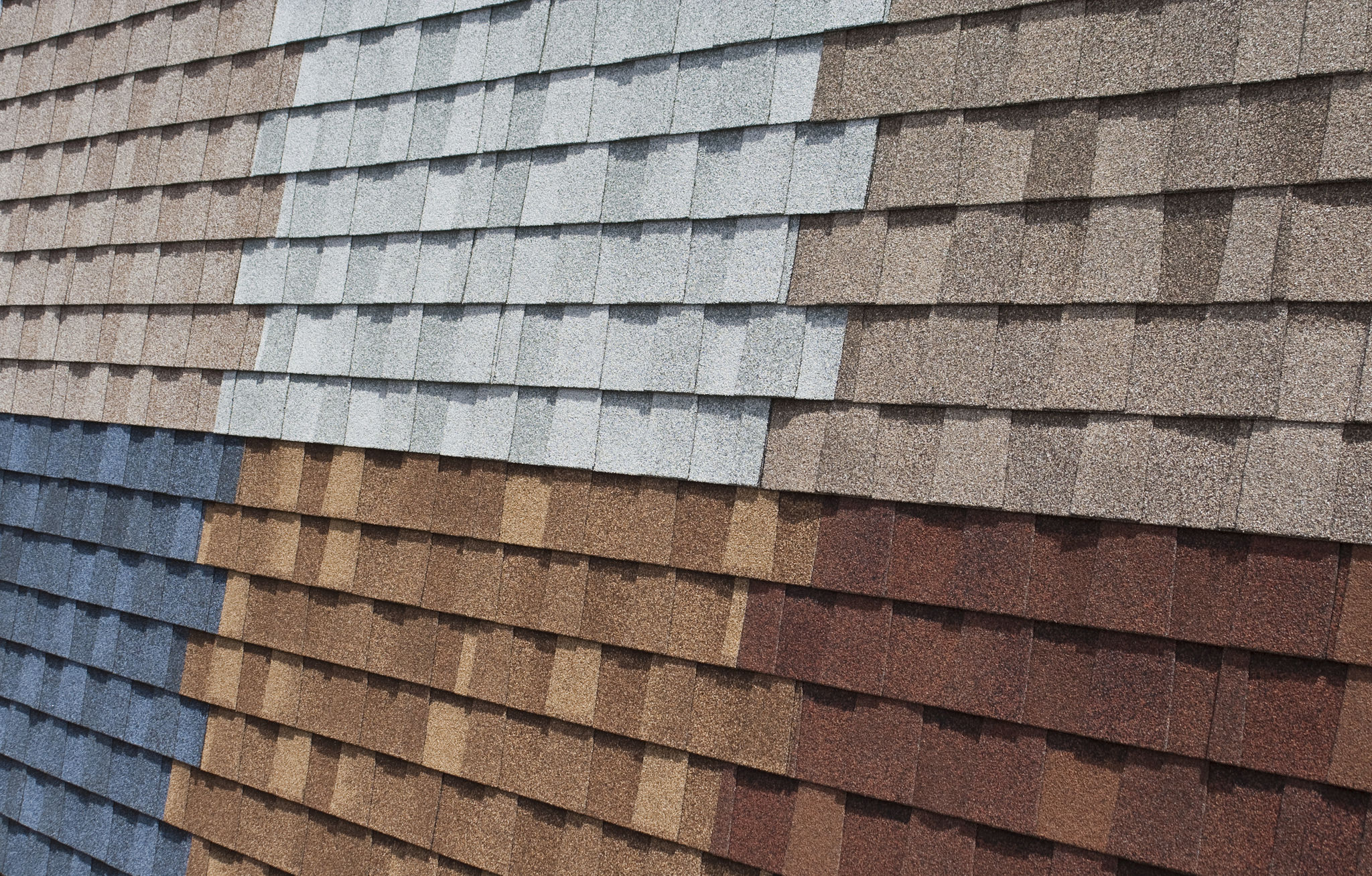High Quality Metal Roofs vs. Traditional Shingles: Which is Best for Your Home?
Introduction to Roofing Options
When it comes to roofing materials, homeowners are often faced with the decision between high-quality metal roofs and traditional shingles. Each option has its own set of advantages and disadvantages, making the choice dependent on various factors such as budget, climate, and personal preferences. Understanding these differences is essential for making an informed decision that will impact the longevity and appearance of your home.
In this blog post, we will explore the key differences between metal roofs and traditional shingles, helping you determine which option is best suited for your home.

Durability and Lifespan
One of the most significant considerations when choosing a roofing material is its durability. Metal roofs are renowned for their long lifespan, often lasting 40 to 70 years depending on the material. They are highly resistant to harsh weather conditions, including heavy rain, snow, and high winds. Additionally, metal roofs are non-combustible, providing excellent fire resistance.
On the other hand, traditional shingles generally have a shorter lifespan, typically ranging from 20 to 30 years. While they can withstand various weather conditions, they may be more susceptible to damage from severe storms or prolonged exposure to sunlight.
Cost Considerations
The cost of roofing materials is a crucial factor for many homeowners. Initially, metal roofs tend to be more expensive than traditional shingles. However, their longevity often translates into cost savings over time due to fewer replacements and lower maintenance needs.
Traditional shingles offer a more budget-friendly upfront cost, making them an attractive option for those working within tight financial limits. It's important to weigh the initial investment against the potential long-term maintenance and replacement costs.

Energy Efficiency
Energy efficiency is another important aspect to consider. Metal roofs can significantly reduce energy costs by reflecting solar heat, which helps keep homes cooler during hot weather. This reflective property can lead to lower air conditioning expenses and a reduced environmental footprint.
While traditional shingles now come in energy-efficient options, they generally do not provide the same level of heat reflection as metal roofs. Homeowners interested in maximizing energy efficiency may find metal roofs to be the superior choice.
Visual Appeal and Aesthetic Flexibility
The appearance of your roof can greatly impact your home's curb appeal. Metal roofs offer a modern look and are available in a variety of styles and colors, allowing for customization that complements any architectural style.
Traditional shingles, while also available in different colors and styles, typically provide a more classic appearance. They are often favored for historic homes or neighborhoods where a traditional aesthetic is desired.

Installation and Maintenance
Installation complexity can vary between the two materials. Metal roofs often require specialized installation techniques and experienced professionals, potentially increasing labor costs. However, they require minimal maintenance once installed.
Traditional shingles are generally easier to install and repair, which can be advantageous in terms of both cost and convenience. Routine maintenance, such as replacing damaged shingles, is essential to prolong their lifespan.
Conclusion
Ultimately, the decision between high-quality metal roofs and traditional shingles depends on your specific needs and priorities. If durability, energy efficiency, and low long-term maintenance are primary concerns, a metal roof may be the best investment. However, if budget constraints or a preference for a classic look guide your decision-making process, traditional shingles might be more suitable.
Consider all factors carefully to ensure that your choice aligns with your long-term goals for your home.